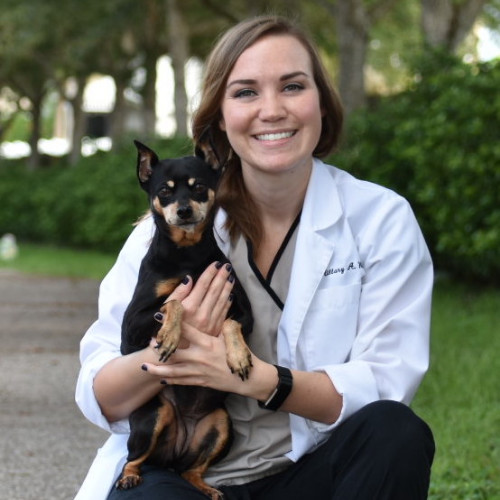If you believe your dog has swallowed gum, you should call your veterinarian immediately. While the call is going through be prepared with answers to questions (like the ones below) so they can give you the best and most accurate instructions.
- What type of gum was eaten? What brand and flavor?
- What are the ingredients in the gum?
- How much gum was eaten? How many pieces?
- When was it eaten?
- Has the dog exhibited any symptoms? If so, what are they.
Step 1: Confirm if the Gum Contains Xylitol
Xylitol is a sugar substitute that is used to sweeten foods that don’t contain sugar. It’s highly toxic to dogs – arguably the most toxic thing a dog can eat. It’s found in most sugar-free gum. Trace amounts can be poisonous, even a piece or two of gum could be bad news.
According to the American Kennel Club, “typically, the dose of xylitol needed to cause poisoning is at least 0.05 grams per pound of body weight (0.1 grams per kilogram of body weight). Chewing gum and breath mints contain 0.22-1.0 gram of xylitol per piece of gum or per mint. Thus, to achieve a potentially toxic dose, a 10-pound dog would only have to eat one piece of gum.”
My dog ate gum off the sidewalk
If your dog consumes gum outside, such as off the sidewalk while on a walk, it will be very difficult to determine whether or not the gum contains xylitol. Odds are you didn’t get a good look and you wouldn’t be able to get enough details. Your best bet is to just assume it does and follow the course of action listed above.
What if the gum your dog ate doesn’t contain xylitol?
If you know the exact type of gum that was eaten and the ingredients don’t contain xylitol, the situation isn’t quite as much of an emergency. We still recommend contacting your veterinarian as any kind of gum can cause choking and/or an intestinal blockage which could require surgery.
Step 2: Monitor for Symptoms
If your dog eats gum containing xylitol, they could suffer from something called xylitol toxicosis. This just means xylitol poisoning. The most common reaction from this is hypoglycemia, or low blood sugar. Symptoms of this can occur as quickly as 30 minutes to one hour, so it’s imperative that you contact your vet right away if you suspect your dog has eaten gum. Some symptoms to look out for are:
- Vomiting
- Seizures
- Stumbling
- Coma
- Lethargy or weakness
Step 3: Follow The Vet’s Instructions
Odds are the vet will want to see your dog or have you take them to a veterinary hospital depending on the information you share with them.
Step 4: Share This Experience
We hope your dog is ok after eating gum and hope this post was valuable. Dogs are the only animals who are known to have a toxic reaction to xylitol, which could explain why this isn’t a well-known fact among animal-owners.
Because of this we ask that you share this post with other dog owners (especially those that chew gum regularly) to help prevent future accidental poisonings or health issues.

